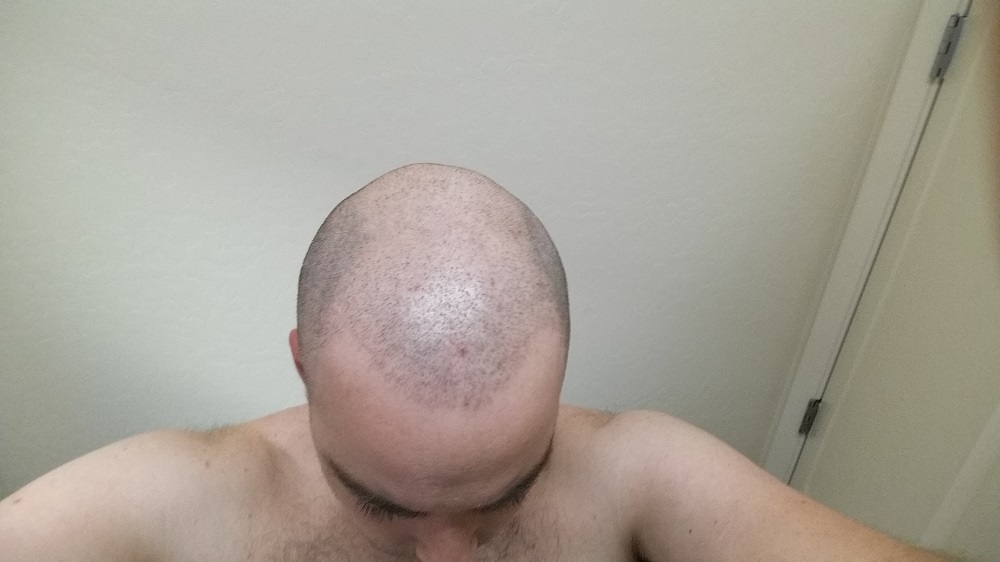The sight of hair shedding causes frustration and heartache. If you are suffering from pattern hair loss, it can ruin your self-confidence as well. It can be caused by different factors, from food choices to lifestyle, immune system issues, weather, environment, and hormonal imbalance. Baldness is often associated with androgenetic alopecia, which is related to a progressive form of hair loss.
Pattern Hair Loss
The condition affects more than 50 percent of males above 50 years of age and is caused by genetics and hormones. Once it starts, the condition progresses due to interactions between your genes and the environment.
Research blames androgen receptor (AR) gene for androgenic alopecia. The AR gene is thought to affect the interaction of androgen hormones with follicles. The blame for male pattern baldness lies with dihydrotestosterone (DHT) hormone. When DHT levels rise, they cause hair follicle miniaturization. As a result, hair follicles shrink, producing thinner, weaker hairs. The condition progresses in a defined pattern, which is associated with hairline changes. Thinning hair or a receding hairline are the initial signs of androgenic alopecia. Other symptoms follow, including hair loss at the crown and around the temples.
Unless treated, the condition will eventually cause baldness on top of heads.
Male pattern baldness inheritance
Pattern baldness is believed to be inherited. What’s more, even your racial background may cause your baldness. The condition is most common in white men as compared with those from Asia and Africa. Androgenic alopecia has different symptoms for people with different ancestries.
How to tell if your genes are blamed for baldness?
Molecular genetic tests might help detect the cause of baldness. These tests identify signs of genetic mutations to determine whether you have any chances of going bald with pattern hair loss.
Hereditary hair loss treatments
There are a few treatments for androgenic alopecia that can stop the progression of pattern hair loss, but they are more effective for those with mild to moderate hair loss. Those suffering from advanced hair loss may not benefit from these treatments.
Minoxidil, Finasteride, and Low-level laser therapy are the most common treatment options for pattern hair loss. Hair transplant also promises help for victims of male pattern baldness. However, it is linked with side effects and a late recovery period. The patient may have to deal with pain, inflammation, and irritation following the procedure. Besides, there is a risk of permanent scarring at the site of the surgery. Some patients are extremely unhappy with these transplant scars and look for solutions.
It is here that scalp micropigmentation gives them some hope. The hair restoration procedure does not stop hair loss or induce hair growth but helps hide the scalp problems. SMP involves creating artificial hair follicles with the help of SMP pigment. An inked scalp appears as having a buzz-cut look. Many people with pattern baldness opt for scalp micropigmentation to avoid the risk of going under the knife. They are also wary of the side effects of other hair restoration procedures.
Luckily, SMP is not associated with any side effects. The patient may experience some amount of irritation and redness on their newly inked scalp. But that goes away easily without too much care.
Finding the right scalp artist is the best way to derive maximum benefits from scalp micropigmentation. DermiMatch is the right place to find the top SMP practitioners in Arizona.

